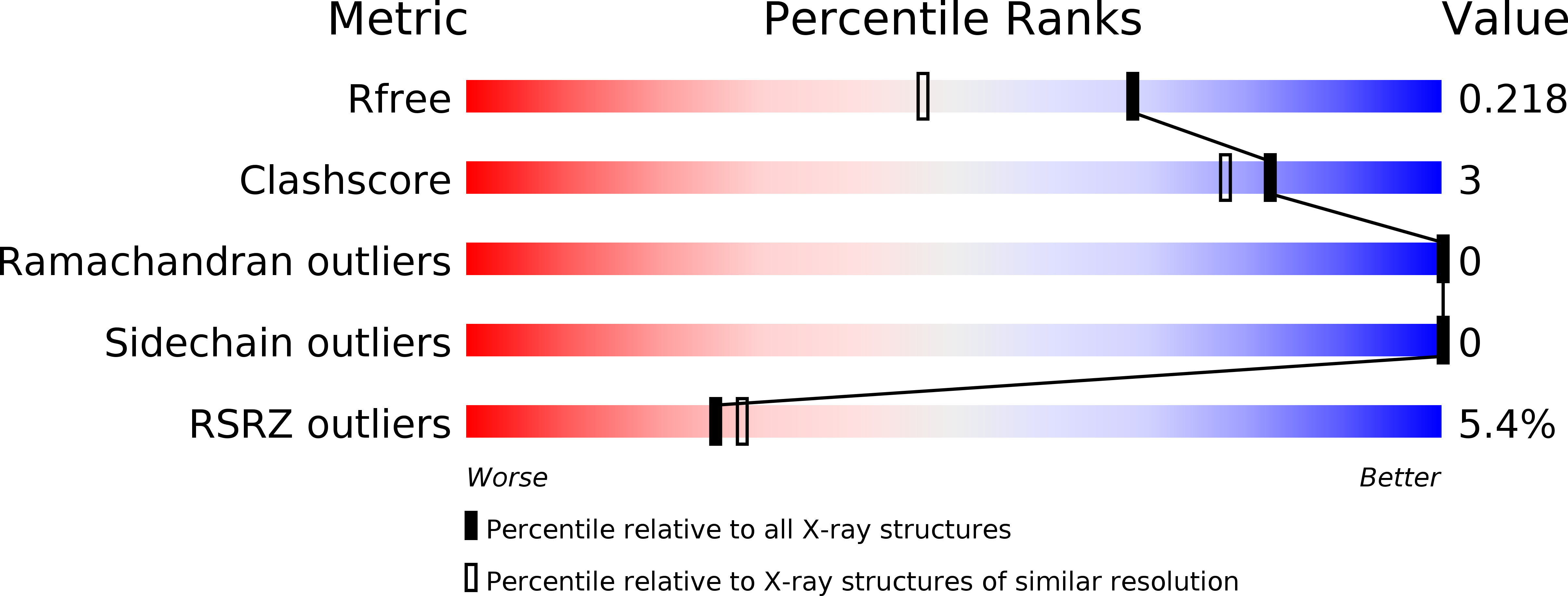
Deposition Date
2013-05-05
Release Date
2013-07-03
Last Version Date
2024-11-27
Entry Detail
Biological Source:
Source Organism:
Bacillus subtilis subsp. subtilis (Taxon ID: 224308)
Host Organism:
Method Details:
Experimental Method:
Resolution:
1.70 Å
R-Value Free:
0.21
R-Value Work:
0.18
R-Value Observed:
0.18
Space Group:
C 1 2 1


